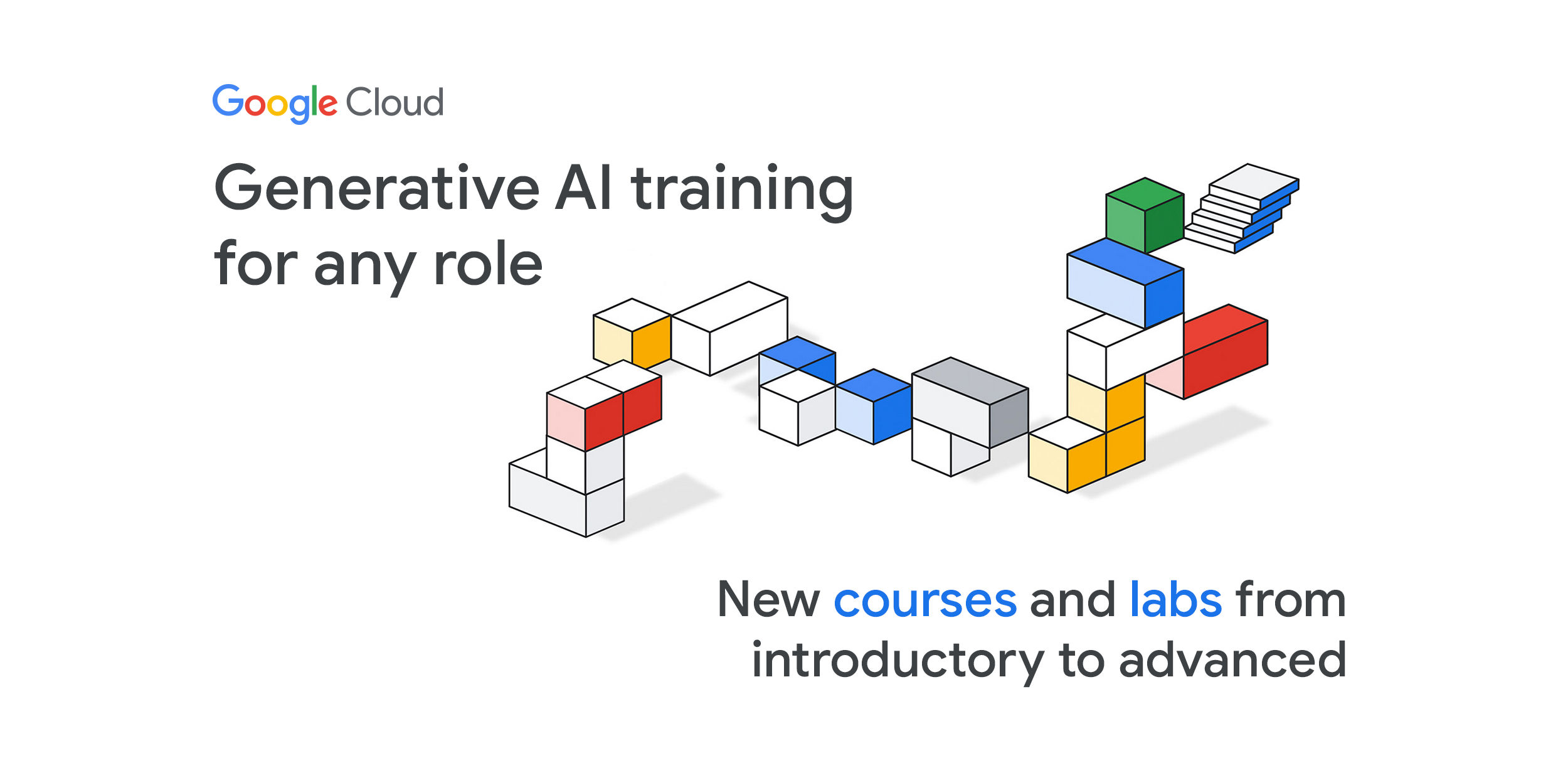AI-Generated post 10 min to read
Crafting the Future, Enterprise LLM Lessons from GitHub Copilot.
From Idea to Impact, The GitHub Copilot Journey with LLMs.

Decoding Success: How GitHub Copilot Revolutionized LLM Applications.
Building an Enterprise LLM Application: A Deep Dive into GitHub Copilot’s Journey
In the rapidly evolving world of technology, Large Language Models (LLMs) have emerged as a transformative force. GitHub Copilot, a product of meticulous development and innovation, offers invaluable insights into the journey of building an enterprise LLM application. Let’s delve deeper into the lessons learned from GitHub Copilot’s development.
The Three-Stage Framework
GitHub Copilot’s development was structured around a three-stage framework: Find it, Nail it, and Scale it. This approach is inspired by the entrepreneurial product development philosophy of “Nail It, Then Scale It.”
- Find it: The initial challenge is to pinpoint a specific problem that an LLM can address. It’s essential to:
- Define the target audience. For Copilot, the aim was to assist time-crunched developers.
- Focus on a singular issue. Instead of tackling all coding challenges, Copilot zeroed in on aiding coding functions within the Integrated Development Environment (IDE).
- Balance ambition with feasibility. While the team explored generating entire commits, they realized the current state of LLMs couldn’t deliver this reliably. Thus, they settled on “whole function” code suggestions.
- Nail it: Once the problem is identified, the next step is refining the product experience. Key considerations include:
- Embracing an iterative design process, given the unpredictable nature of emerging tech like generative AI.
- Understanding user interactions with AI. As Idan Gazit, Senior Director of Research for GitHub Next, points out, designing apps requires considering both the AI’s outputs and the human users learning to interact with AI.
- Using real-world feedback. GitHub Copilot’s team utilized a simple web interface to test foundational models, which led to insights like the inefficiency of switching between an editor and a browser. This feedback steered the team towards integrating Copilot directly into the IDE.
- Scale it: The final stage involves optimizing the product for a broader audience. Key steps include:
- Ensuring consistent results. LLMs, being probabilistic, can produce varied outputs. The Copilot team addressed this by reducing output randomness and caching responses.
- Implementing a technical preview waitlist to manage feedback effectively.
- Continuously iterating based on feedback. For instance, when an update affected the quality of code suggestions, the team introduced a new metric to ensure high-quality suggestions.
- Preparing the infrastructure for scalability. As Copilot grew, the team leveraged Microsoft Azure’s infrastructure to ensure the product’s reliability and quality.
Key Takeaways for LLM Development
The journey of GitHub Copilot offers several invaluable lessons for those venturing into LLM application development:
-
Problem Identification: A focused problem, combined with a clear understanding of AI’s potential use cases, can lead to impactful solutions with faster market entry.
-
Feedback-Driven Design: Incorporating tight feedback loops, especially with LLMs, is crucial. This iterative approach ensures the product aligns with user needs and expectations.
-
User-Centric Scaling: As the product scales, it’s vital to prioritize user feedback and needs. This ensures consistent results and genuine value delivery.
GitHub Copilot’s journey provides a roadmap for building enterprise LLM applications. By understanding the challenges faced and solutions implemented by the Copilot team, developers and organizations can navigate the complex landscape of LLM development with greater confidence and clarity.
Real-time feedback from a diverse set of users plays a pivotal role in the development and refinement of AI-driven products like GitHub Copilot. Here’s how:
-
Identifying Blind Spots: A diverse user base brings varied perspectives, experiences, and use cases. This diversity helps in identifying blind spots or shortcomings in the product that might not be apparent to the development team or a homogenous group of testers.
-
Enhancing Product Usability: Real-time feedback allows developers to understand how users interact with the product in real-world scenarios. This helps in making iterative improvements, ensuring that the product is user-friendly and meets the needs of a broader audience.
-
Ensuring Quality and Relevance: Feedback can highlight areas where the AI might be providing inaccurate or irrelevant suggestions. For GitHub Copilot, feedback from developers helped in refining the quality of code suggestions, ensuring they were of high quality and relevant to the coding context.
-
Security and Trustworthiness: Users can point out potential security vulnerabilities or issues in the AI’s suggestions. For instance, feedback during GitHub Copilot’s technical preview emphasized the importance of suggesting secure code, leading the team to integrate code security capabilities.
-
Optimizing Performance: Real-time feedback can highlight performance issues, helping the development team prioritize optimizations. For GitHub Copilot, feedback led to strategies like caching responses to improve performance.
-
Incorporating New Features: Users can suggest new features or improvements that the development team might not have considered. This ensures that the product evolves in line with user needs and expectations.
-
Ethical and Responsible AI: Feedback from a diverse set of users can highlight ethical concerns or biases in the AI’s outputs. Addressing these concerns is crucial for building trust and ensuring the responsible use of AI.
-
Validating Assumptions: Developers often make assumptions based on their understanding and research. Real-time feedback helps validate or challenge these assumptions, ensuring that the product is built on a solid foundation of user insights.
In summary, real-time feedback from a diverse user base provides a wealth of insights that drive product improvements, ensuring that AI-driven products like GitHub Copilot are effective, reliable, and trustworthy.
Striking a balance between product ambition and the current state of technology is a challenge many companies face, especially in rapidly evolving fields like AI. Here’s how companies can navigate this delicate balance:
-
Iterative Development: Adopt an iterative approach to product development. Start with a minimum viable product (MVP) that captures the core essence of the ambitious vision but is feasible with current technology. Over time, as technology advances, the product can be expanded and refined.
-
Continuous Research: Stay updated with the latest advancements in the field. By continuously researching and experimenting, companies can understand the evolving capabilities of technology and adjust their product strategies accordingly.
-
Feedback Loops: Engage with users regularly to gather feedback. This helps in understanding what features are most valuable to them and where the current technology might be falling short.
-
Set Clear Expectations: It’s essential to manage user expectations. If a feature is experimental or might not work perfectly due to technological limitations, communicate this transparently to users.
-
Risk Assessment: Evaluate the risks associated with pushing the boundaries of current technology. For instance, if an AI-driven feature might produce unreliable results, consider the potential consequences and whether it’s worth including in the current version of the product.
-
Collaboration: Collaborate with academic institutions, research organizations, and other industry players. Such collaborations can lead to shared insights, joint research, and faster advancements.
-
Flexible Roadmaps: While it’s essential to have a product roadmap, ensure it’s flexible. This allows the company to pivot or adjust its plans based on technological advancements or unforeseen challenges.
-
Educate and Train: Invest in educating and training the development team. A well-informed team can make better decisions about what’s feasible and can also contribute to pushing the technological boundaries.
-
Ethical Considerations: Especially in fields like AI, it’s not just about what technology can do, but also what it should do. Companies must consider the ethical implications of their ambitions and weigh them against technological capabilities.
-
Celebrate Small Wins: While the ultimate ambition might be grand, celebrate the small milestones along the way. This keeps the team motivated and acknowledges the progress made, even if it’s not the final vision.
In the case of GitHub Copilot, while the initial ambition was to generate entire commits, the team recognized the limitations of LLMs at the time and adjusted their approach. They focused on providing high-quality code suggestions at the “whole function” level, which was both valuable to users and feasible with the technology.
Striking a balance requires a combination of vision, adaptability, continuous learning, and user engagement. While it’s essential to aim high, it’s equally crucial to recognize the current technological landscape and make informed decisions.
Ensuring the responsible and ethical use of AI, especially in terms of security and trust, is paramount as AI becomes more integrated into various applications. Here are some guidelines and best practices for developers:
-
Transparency: Clearly communicate how the AI system works, the data it uses, and its decision-making processes. This helps users understand the system’s capabilities and limitations.
-
Data Privacy: Ensure that data used to train and operate AI systems is obtained ethically and with proper permissions. Implement robust data protection measures and be transparent about data collection and usage practices.
-
Bias Mitigation: AI systems can inadvertently perpetuate or amplify biases present in the training data. Developers should actively work to identify and mitigate biases in AI models, ensuring fairness in predictions and recommendations.
-
Continuous Monitoring: Regularly monitor and audit AI systems to detect any unintended or unethical behaviors. This includes checking for biases, security vulnerabilities, and other potential issues.
-
User Control: Allow users to have control over how AI interacts with them. This might include options to opt-out, adjust AI recommendations, or provide feedback on AI-driven decisions.
-
Ethical Guidelines: Establish a set of ethical guidelines for AI development within the organization. This can serve as a roadmap for developers, ensuring that AI applications align with the company’s values and ethical standards.
-
External Audits: Consider third-party audits of AI systems to ensure unbiased evaluations of security, fairness, and ethical considerations.
-
Stakeholder Involvement: Engage with a diverse group of stakeholders, including ethicists, community representatives, and users, to gather diverse perspectives on AI’s ethical use.
-
Robust Testing: Before deploying AI systems, conduct thorough testing to identify potential security vulnerabilities. This includes penetration testing, adversarial attacks, and other security assessments.
-
Clear Accountability: Establish clear lines of accountability for AI-driven decisions. If an AI system makes a decision that has significant implications, there should be a mechanism for human review and intervention.
-
Open Source: Consider open-sourcing AI models and algorithms. This allows the broader community to review, critique, and improve the system, leading to more robust and ethical AI applications.
-
Education and Training: Continuously educate and train development teams on the ethical implications of AI, ensuring they are equipped to make informed decisions throughout the development process.
-
Feedback Mechanisms: Implement feedback mechanisms for users and other stakeholders to report concerns or issues with the AI system. This provides valuable insights for continuous improvement.
-
Stay Updated: The field of AI ethics is rapidly evolving. Developers should stay updated with the latest research, guidelines, and best practices related to ethical AI development.
-
Document Decisions: Document the decision-making processes, especially when making trade-offs related to ethics, security, and trust. This provides a reference for future developments and ensures transparency.
The responsible and ethical use of AI requires a multi-faceted approach that combines technical measures with ethical considerations. Developers, organizations, and the broader community must collaborate to ensure that AI systems are secure, trustworthy, and beneficial to all users.
For those interested in diving deeper into the world of generative AI and its applications, GitHub offers insights on how companies are leveraging this technology to boost productivity. Additionally, GitHub’s initiatives, such as GitHub Actions, showcase the potential of AI in advancing research in various fields.
For those interested in further exploring the topic, read the original article by Shuyin Zhao How to build an enterprise LLM application: Lessons from GitHub Copilot
Further references
If you are interested in Citizen Development, refer to this book outline here on Empower Innovation: A Guide to Citizen Development in Microsoft 365
| Now, available on | ||||
|---|---|---|---|---|
|
|
||||

|
||||
|
|
|
|
|
|
If you wish to delve into GenAI, read Enter the world of Generative AI
Also, you can look at this blog post series from various sources.
Stay tuned! on Generative AI Blog Series
We are advocating citizen development everywhere and empowering business users (budding citizen developers) to build their own solutions without software development experience, dogfooding cutting-edge technology, experimenting, crawling, falling, failing, restarting, learning, mastering, sharing, and becoming self-sufficient.
Please feel free to Book Time @ topmate! with our experts to get help with your Citizen Development adoption.
Certain part of this post was generated through web-scraping techniques using tools like Scrapy and Beautiful Soup. The content was then processed, summarized, and enhanced using the OpenAI API and WebPilot tool. We ensure that all content undergoes a thorough review for accuracy and correctness before publication



Comments